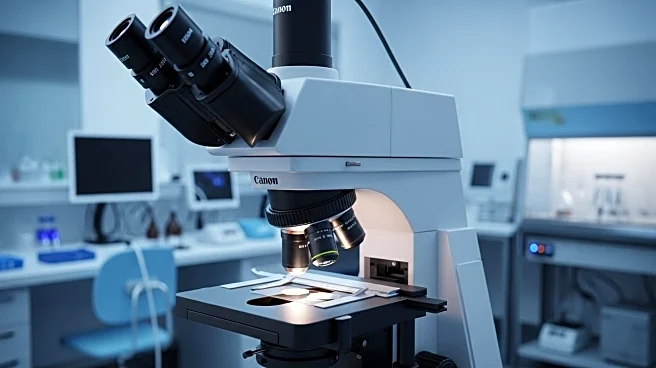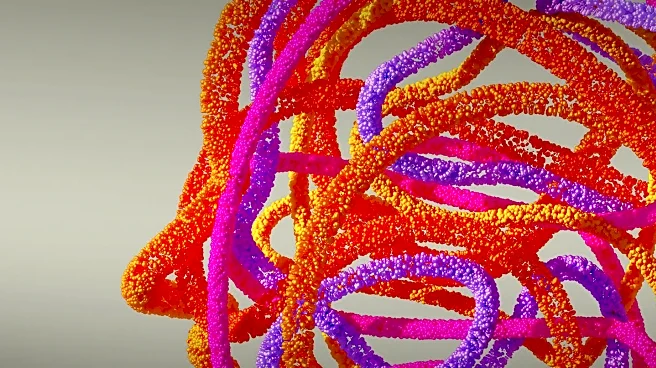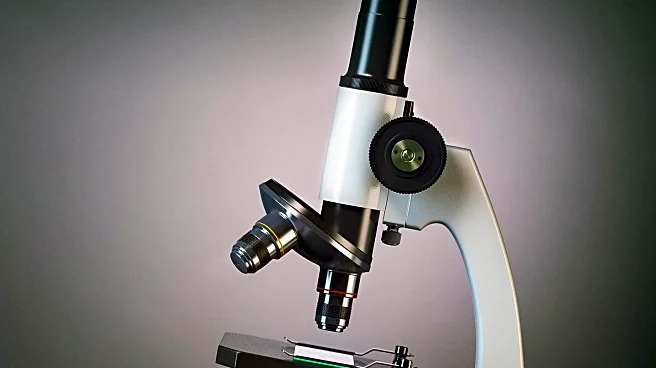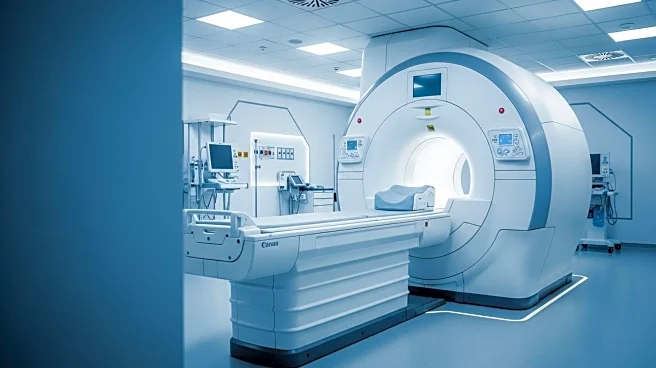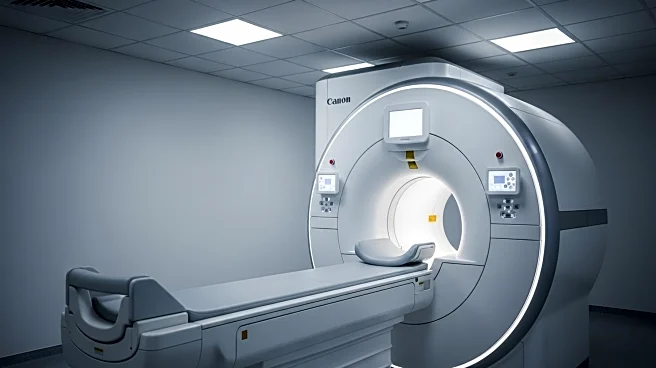What is the story about?
What's Happening?
The University Hospital Hamburg-Eppendorf (UKE) has introduced a new method called Pathoplex for analyzing proteins in tissue samples. This pathology-oriented multiplexing technique allows simultaneous analysis of over 100 proteins in a single sample, potentially identifying early changes in tissue and enabling personalized treatment. The method is compatible with most fluorescence microscopes and utilizes antibodies marked in cycles, which are then photographed for analysis. The research team has also developed 'Spatiomic' software to handle large data volumes, enhancing the capability to offer targeted treatments for conditions like kidney diseases.
Why It's Important?
Pathoplex represents a significant advancement in medical research, particularly in the field of personalized medicine. By enabling early detection of tissue changes, it could lead to more effective treatments and better patient outcomes. This innovation may reduce healthcare costs by allowing for more precise interventions, potentially decreasing the need for extensive treatments. The development of such technologies is crucial as healthcare systems worldwide face increasing demands for efficient and cost-effective solutions.
What's Next?
The implementation of Pathoplex could lead to widespread changes in how tissue analysis is conducted, influencing both research and clinical practices. As the method gains traction, it may prompt further innovations in medical diagnostics and treatment personalization. Healthcare providers and researchers might explore additional applications of this technology, potentially expanding its use beyond kidney diseases to other medical conditions.
Beyond the Headlines
The ethical implications of personalized medicine, such as privacy concerns and access to advanced treatments, could become more prominent as technologies like Pathoplex are adopted. Additionally, the development of such methods may drive discussions on the allocation of resources in healthcare systems, balancing innovation with equitable access.
AI Generated Content
Do you find this article useful?
